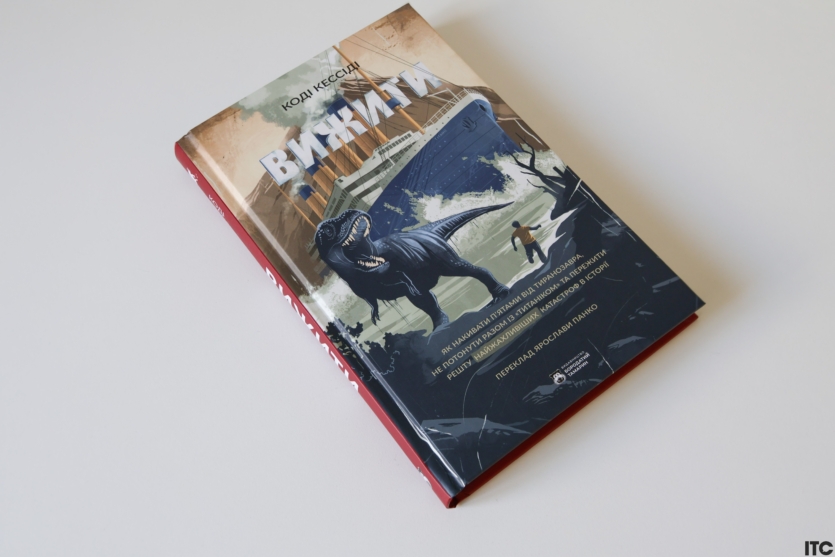
American author and journalist Cody Cassidy wrote a crazy book called “How to Survive History”, which was recently translated into Ukrainian by Bearded Tamarin. This is not a boring history textbook or a classic popular science book. It’s something completely different, because the author seems to have taken a historical encyclopedia, mixed it with a computer game, and added a generous dose of science and humor.
“How to Survive History”
Author Cody Cassidy
Publisher “Bearded Tamarin”
Language Ukrainian
Number of pages 256
Cover Solid
Year of publication 2025
Size 135×210 mm
Website tamarinbooks.com
Imagine this: you fell asleep on the couch at home and woke up in Pompeii in 79 AD. Mount Vesuvius is already beginning to grumble, ash is falling from the sky like snow in February, and people are shouting in incomprehensible Latin around you. Your heart is pounding, your mind is racing with thoughts of what to do, where to run, and how to hide.
Or even worse. Let’s say you are on the deck of the Titanic on the terrible night of its disaster. The ship has already tilted, the orchestra is playing the last waltz, and you realize that there are not enough lifeboats for everyone. The water in the ocean is icy. Do you have a plan? No? But Cody Cassidy does. And he shares them in his book “How to Survive History”, which is based on similar historical disasters.
Cassidy came up with a great idea. He said: “Imagine you have a time machine, but it’s broken. And it throws you into the worst moments of human history, from the time of the dinosaurs to the biggest tornado in US history.” Your only advantage is that you know the future. You know how gravity works, what bacteria are, and where life jackets are stored on the Titanic. And in general, you are armed with modern science, so it is your only, but important, assistant.
There are fifteen chapters in the book, and they are fifteen historical nightmares. But Cassidy doesn’t just scare people. He talks to paleontologists, biomechanists, volcanologists, geologists, astronomers, historians, and other scientists, and then writes out detailed instructions like “If you find yourself here, do this.”
Each chapter in the book is interesting and tells about survival during some well-known historical disaster, or, for example, during the time of the dinosaurs. More precisely, it is about escaping from a T-Rex or other dinosaurs. We’ve all seen Jurassic Park, where a nine-ton killing machine chases a jeep. But Cassidy “gets” the science and starts to calm down, saying that an adult is quite capable of running away from it.
It turns out that there is a square-cube in biomechanics. In simple terms, it sounds like this: if an animal becomes twice as big, its weight increases eight times, and the strength of its bones increases only four times. As a result, the bones of an adult T-Rex would simply crack if it tried to run faster than 20 km/h. And an adult human can run at this speed.
But there is a nuance here in the form of young tyrannosaurs. These teenagers weighed “only” a ton and ran like crazy. And they hunted prey of our size. So if you somehow find yourself in that period and see a small T-Rex, run as fast as you can.
Cassidy writes as if he were sitting next to you in a bar telling incredible stories over a beer with a good sense of humor. You can actually smell the sulfur from Mount Vesuvius, hear the creak of the Titanic’s deck, or feel the ground shifting during the terrible 1906 earthquake in Chicago.
When the author talks about the builders of the pyramids, who were mostly free Egyptians, he mentions that they gave their teams names like “Drunken Menkaura” and competed to see who could drag the stone up the hill the fastest. And here comes the realization that these were ordinary guys who rested after work (if they survived and didn’t break something). But still, they were not faceless slaves from Hollywood movies.
Often, a book simply destroys the stereotypes we have been fed for years. Evil and nightmarish pirates? It turns out that they had a democracy, because the captain was elected by vote, and if the crew didn’t like him, they could overthrow him. And no drinking and dirt — this is pure PR. The booty was divided fairly into shares, there was even a medical insurance fund for the wounded, and the ships were clean (as much as possible) and disciplined.
Or the Black Death in the Middle Ages. It’s a paradox, but it was easier to survive in big cities. And pure statistics work here, because there were more healthy people there. In villages, entire families died out because there were simply more plague carriers, rats and their fleas in villages because of the large number of livestock.
What an interesting thing about the Titanic. Cassidy says directly that if you are a third-class passenger, forget about rules and moral principles. Your task is to study the ship’s layout in advance and run upstairs at the first sign of trouble before the guards block the passages. Is it cynical? Yes, it is. But it is true.

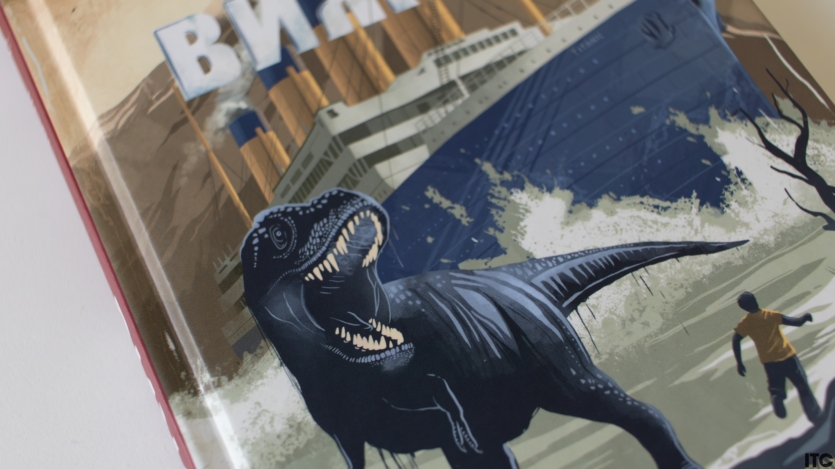
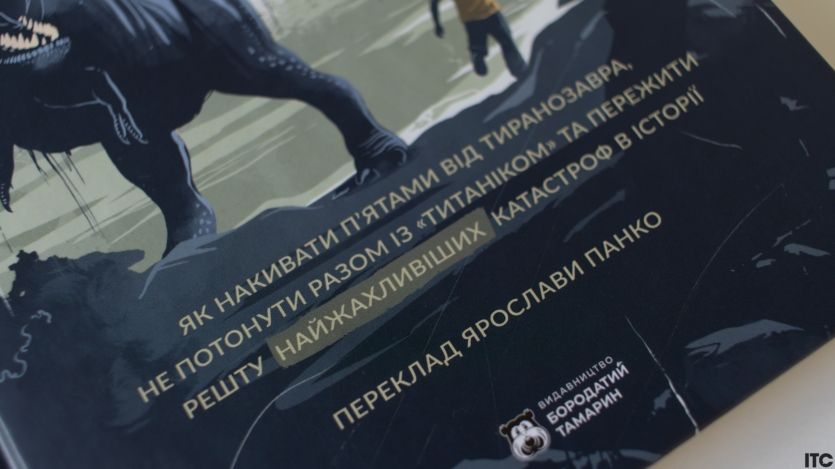
Among the minor flaws is the following. In his book, Cody Cassidy focuses on Europe and America, ignoring major historical disasters in other regions of the world, and there were many of them. I understand that this is just the author’s subjectivity and that is normal, but I have to point this out.
And the book ends so suddenly, as if the author was just tired of writing. There are no summaries, or any general explanations, at least for a few pages, of what we have learned from all this. It’s just bang, and it’s over.
But this is nothing, because “How to Survive History” is a book that everyone should read. For teenagers, because the story suddenly becomes more interesting than any TV series. And for adults, because it makes you look at familiar historical events from a new angle.
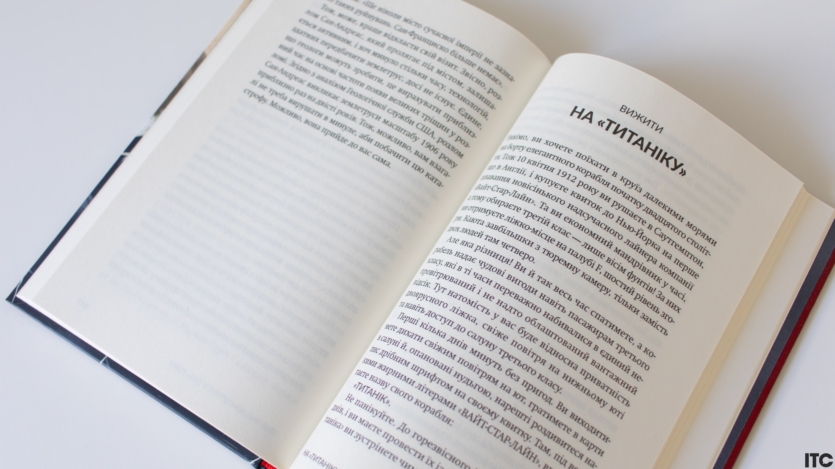
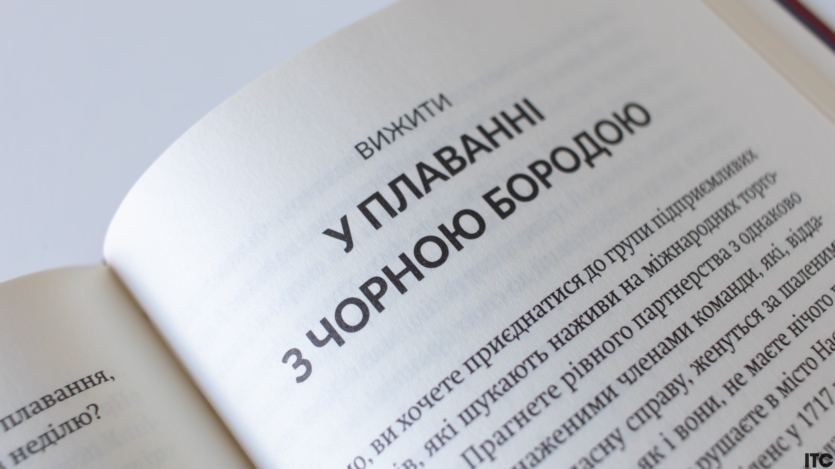
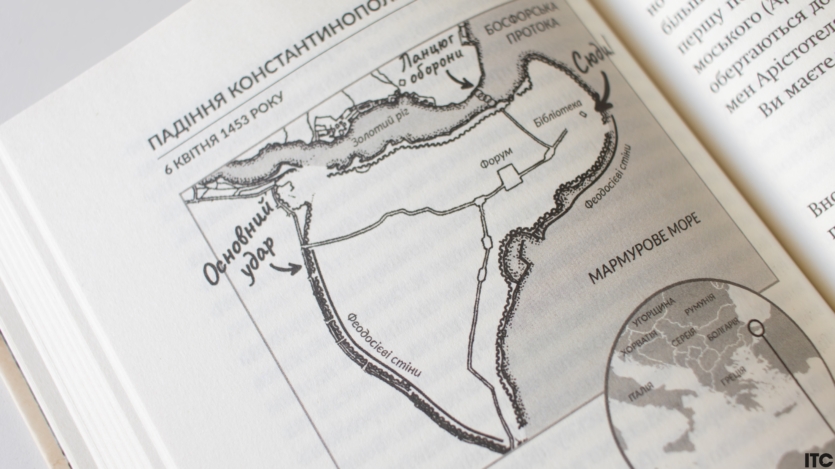
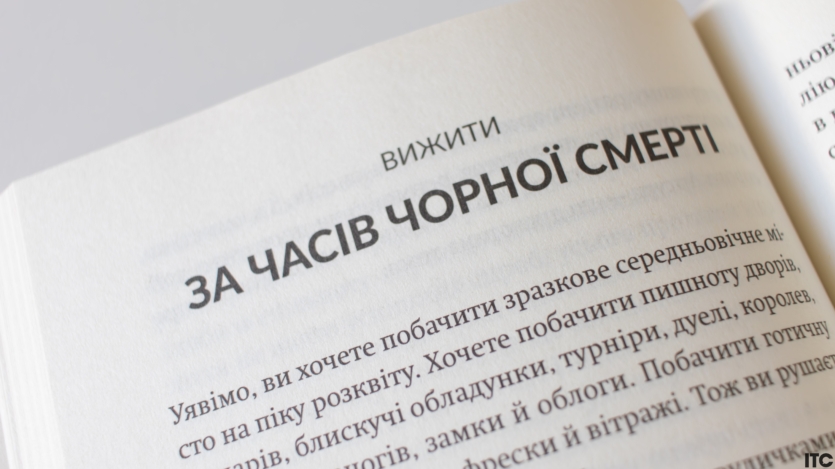
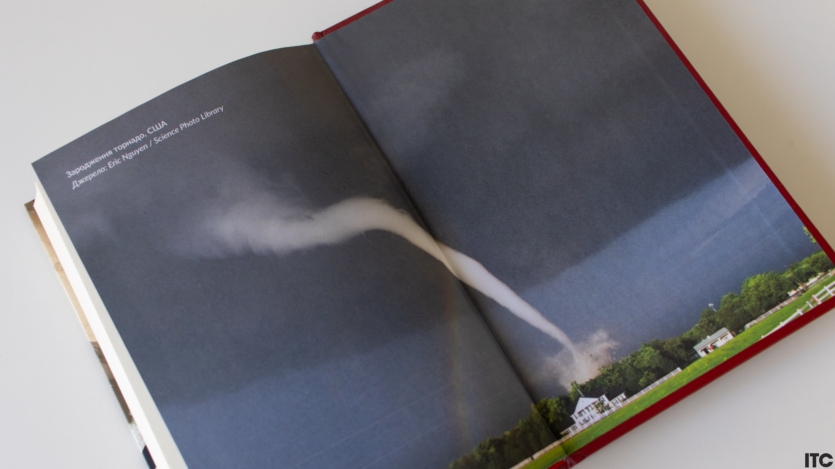
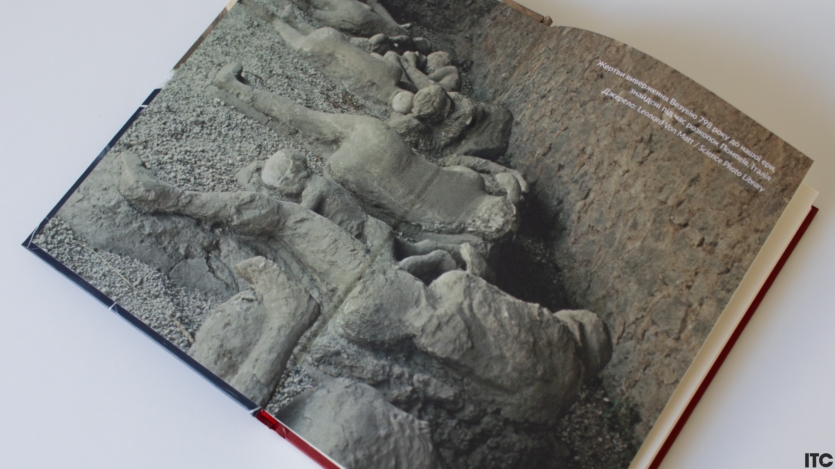
The author not only entertains, but teaches you to think. How to use physics against the elements, how statistics helps to survive an epidemic, how to find a weakness in an impossible situation. It’s not just interesting, it’s good for the brain and for life in general. Although I hope I will never have to run away from a T-Rex.
Special thanks to the translator Yaroslava Panko and the publishing house Borodatyi Tamaryn. The book, as always, has an excellent quality of publication and a bright cover. There are illustrations and photographs on the flyleaves. I would like to note the easy-to-read font. The text reads as easily as if it were written in Ukrainian from the very beginning. The jokes are funny, the scientific terms are clear, everything is great.

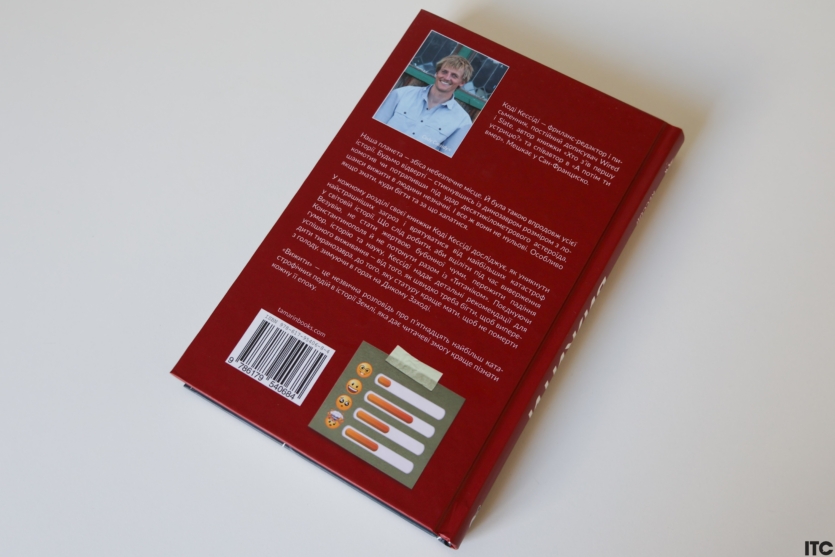
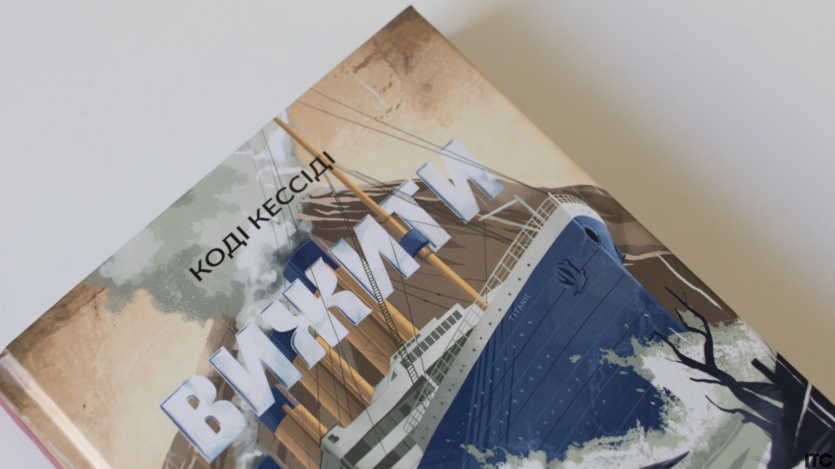
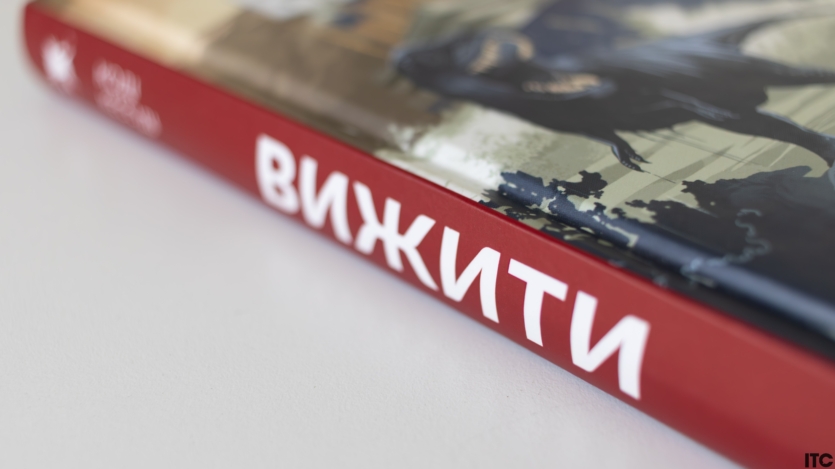
Spelling error report
The following text will be sent to our editors: